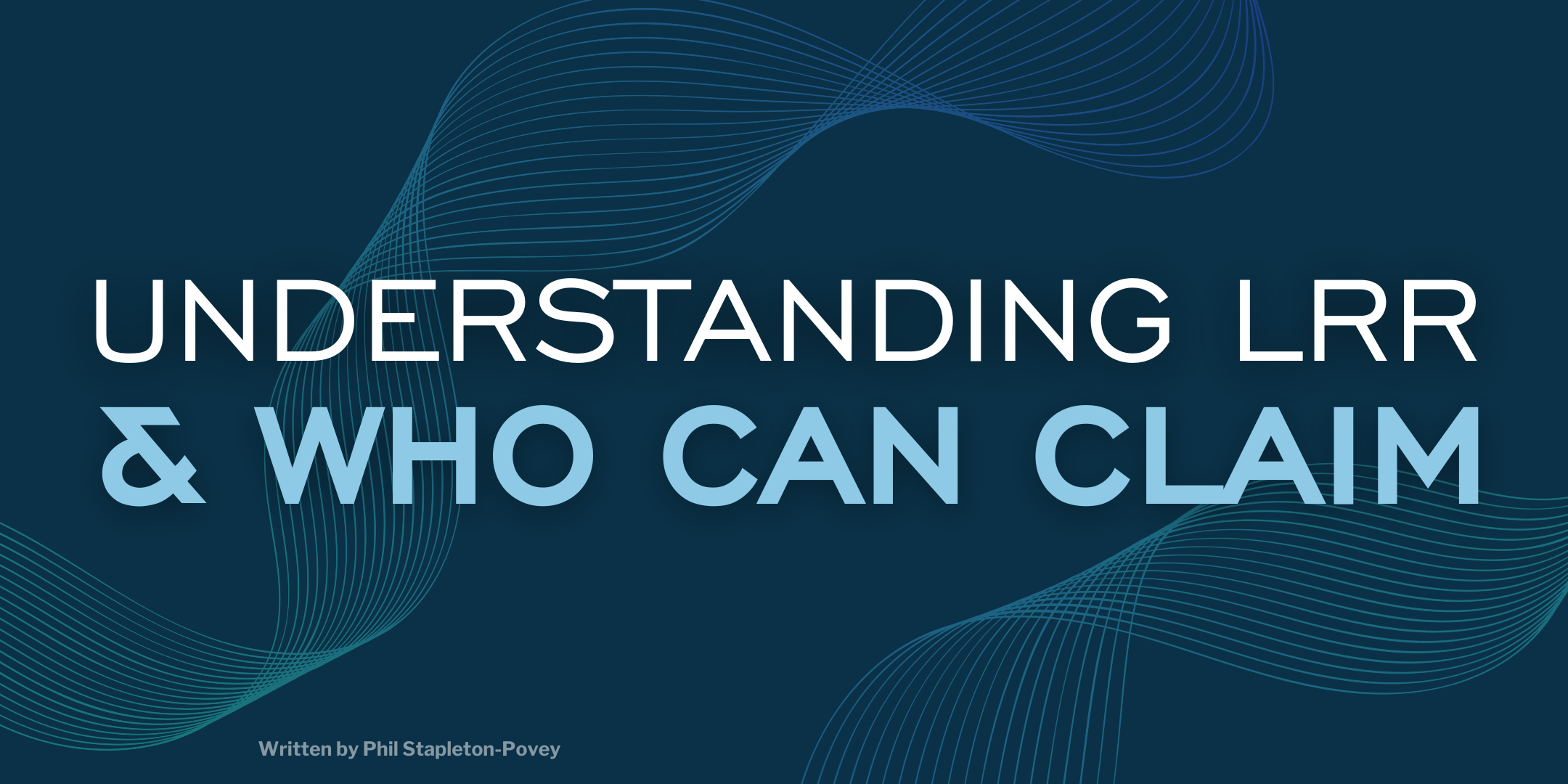_____
Land Remediation Relief (LRR) is a valuable tax relief available in the UK, designed to incentivise companies to address and mitigate environmental damage on land they acquire and develop. This relief is particularly beneficial for businesses involved in property development and regeneration, as it helps offset the costs associated with cleaning up contaminated or derelict land. In this blog, we’ll delve into who can claim Land Remediation Relief, the eligibility criteria, and the types of land and contamination that qualify for this relief.
What is Land Remediation Relief?
Land Remediation Relief encourages businesses to invest in redeveloping brownfield sites, returning previously unusable land to productive use. Companies can claim an enhanced tax deduction for the costs they incur in remediating contaminated land through this relief. They can claim the relief at a rate of 150% of the qualifying expenditure, which means that for every £1 spent on remediation, a company can deduct £1.50 from its taxable profits.
Who Can Claim Land Remediation Relief?
To claim Land Remediation Relief, a business must meet certain criteria:
- Corporation Tax Payers: Only companies that pay corporation tax are eligible for Land Remediation Relief. This means that sole traders, partnerships, and other non-corporate entities cannot claim this relief.
- Ownership of Land: The company must own the land in question or hold a leasehold interest of at least seven years. Additionally, the land must have been acquired in a contaminated or derelict state; companies cannot claim Land Remediation Relief for contamination they have caused themselves.
- Intention to Develop: The company must intend to bring the land back into productive use, whether for commercial development, residential purposes, or another form of beneficial use.
- Qualifying Contamination: The land must be affected by qualifying contamination, which includes substances that cause harm or pose a significant risk to human health or the environment. This can result from industrial processes, chemical spills, or previous uses of the land that left it in an unusable state.
Types of Contamination Eligible for LRR
Not all types of contamination qualify for Land Remediation Relief. The following are some common examples of eligible contamination:
- Asbestos: The presence of asbestos in buildings or soil is a common issue on older industrial sites. Costs associated with safely removing and disposing of asbestos qualify for Land Remediation Relief.
- Heavy Metals: Contamination from heavy metals such as lead, mercury, or arsenic, often found in the soil of former industrial sites, qualifies for relief.
- Hydrocarbons: Sites contaminated with petroleum products, solvents, or other hydrocarbons can also qualify. This includes areas affected by spills or leaks from underground storage tanks.
- Japanese Knotweed: The removal and disposal of Japanese Knotweed, an invasive plant species that can cause significant structural damage, are eligible for Land Remediation Relief.
- Derelict Structures: The removal of derelict buildings or structures that pose a risk to health and safety also qualifies. This can include old factories, warehouses, or other unsafe structures.
Claiming the Relief
To claim Land Remediation Relief, a company must include the relevant expenditure in its corporation tax return. It must support the claim with detailed records of the remediation work, including invoices, contracts, and other relevant documentation. Additionally, it’s advisable to seek expert advice to ensure that all qualifying costs are accurately captured and claimed.
Benefits of Land Remediation Relief
The primary benefit of Land Remediation Relief is the significant tax saving it offers. By claiming 150% of the qualifying remediation expenditure, companies can substantially reduce their taxable profits, leading to lower corporation tax bills. This relief can render previously unviable projects economically feasible, encouraging the redevelopment of derelict and contaminated sites.
Moreover, Land Remediation Relief contributes to environmental sustainability by promoting the cleanup of contaminated land. This benefits not only the companies involved but also enhances the local environment and community, leading to broader social and economic benefits.
Case Study: Successful Application of Land Remediation Relief
Consider a property development company that acquires a former industrial site contaminated with asbestos and heavy metals. The company incurs £1 million in remediation costs to clean up the site and prepare it for new residential development. By claiming Land Remediation Relief, the company can deduct £1.5 million (150% of £1 million) from its taxable profits. With a corporate tax rate of 19%, this leads to a tax saving of £285,000, making the remediation work financially viable and paving the way for a new housing project.
Conclusion
Land Remediation Relief is a powerful tool for companies aiming to develop brownfield sites and contribute to environmental regeneration. By understanding the eligibility criteria and the types of contamination that qualify, businesses can effectively leverage this relief to offset remediation costs and enhance their financial outcomes. As always, consulting with tax professionals or advisors is recommended to ensure the relief is claimed correctly and to maximize the potential benefits.
Find Out If You’re Eligible for Land Remediation Relief HERE!

